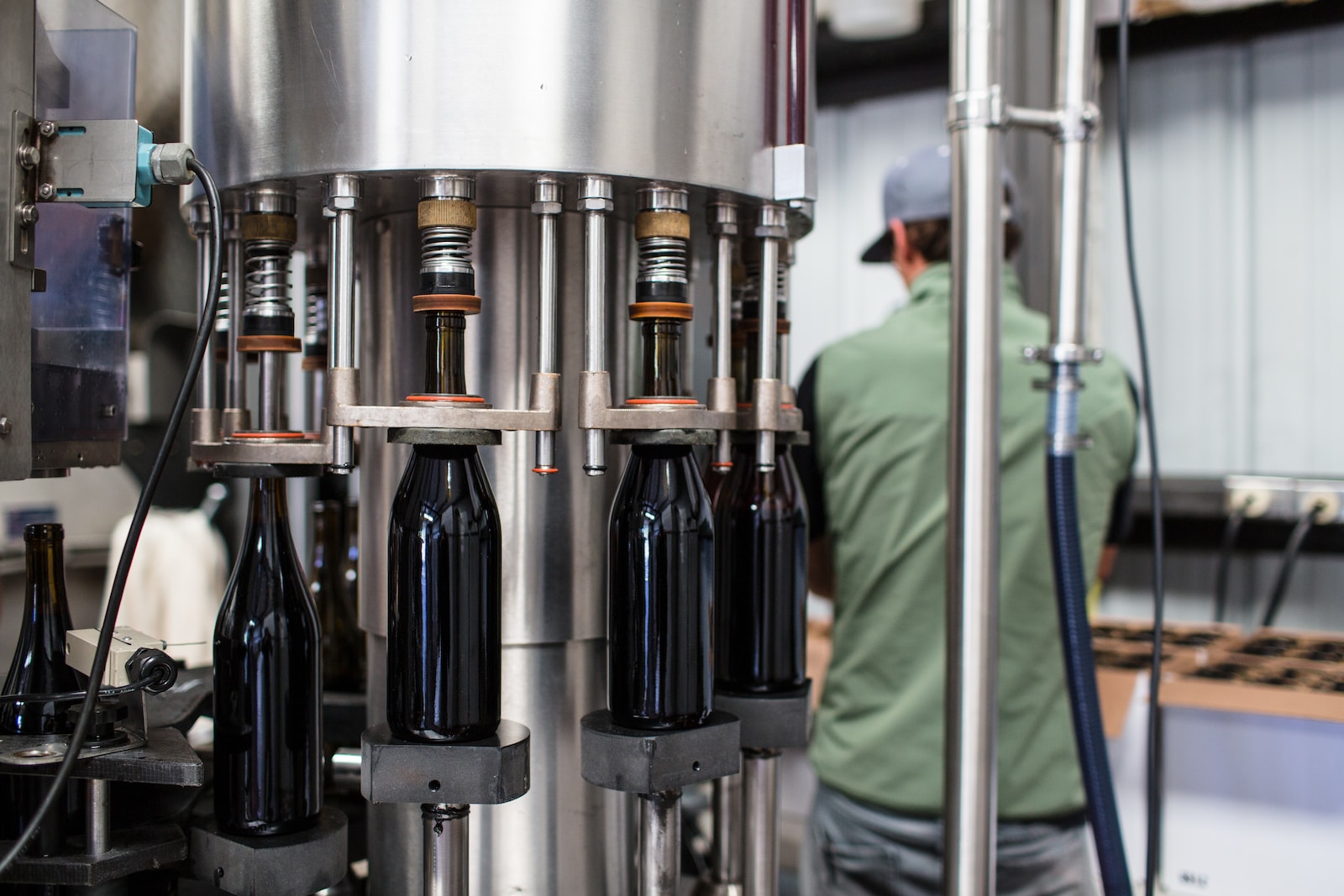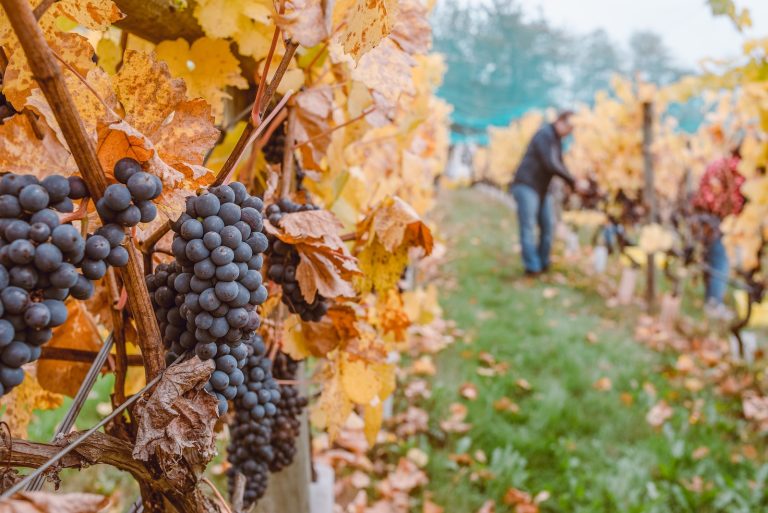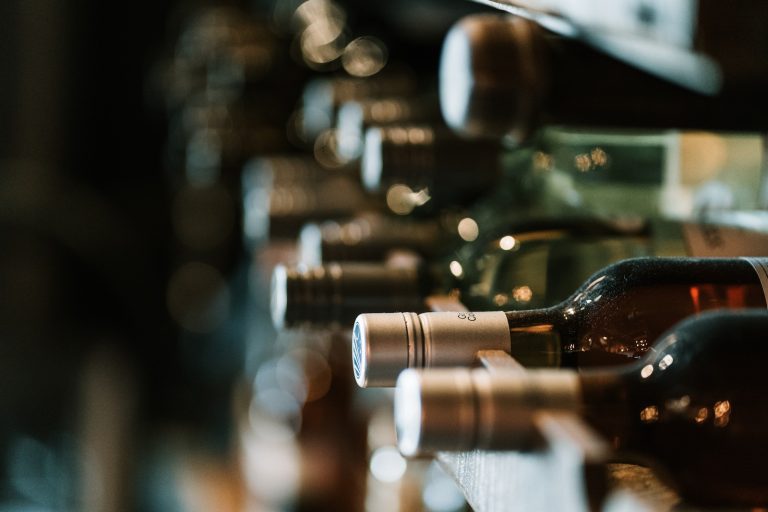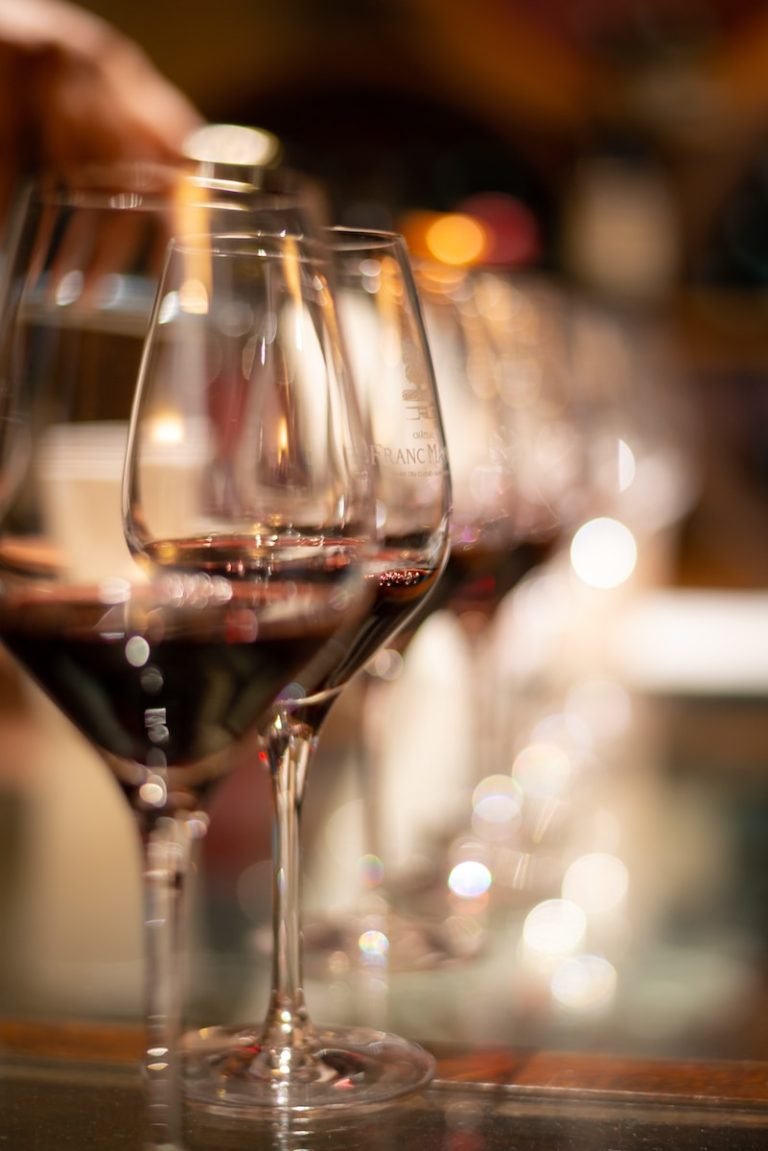How Long Does it Take to Make Wine
The art of winemaking, a tradition passed down through millennia, is a harmonious blend of nature’s gifts and human intervention. The journey from vine to bottle is complex, and the time it takes can vary widely based on multiple factors. Let’s explore this journey in detail.
TL;DR: Winemaking is a complex journey from vine to bottle, spanning several stages: harvesting ripe grapes, crushing and pressing them to extract juice, fermenting to convert sugars to alcohol, clarifying to remove impurities, aging to enhance flavors, and finally bottling. The process can last from a few months to several decades, depending on the wine type and desired characteristics. Every bottle encapsulates the story of its origin and the winemaker’s choices.
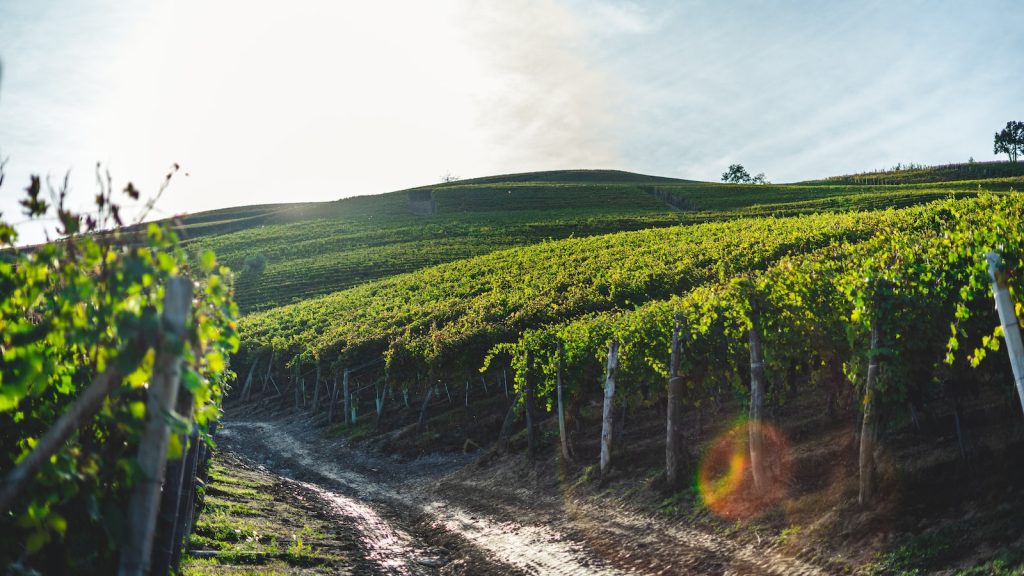
1. Harvesting (The Starting Point): The initial step in the winemaking process is harvesting. The timing is crucial, as the ripeness of the grapes determines the wine’s sugar, acid, and tannin levels. While some winemakers rely on taste and experience to decide when to harvest, others use scientific methods, measuring sugar and acid levels to find the perfect balance. This decision can be the difference between a mediocre and an exceptional wine. Depending on the size of the vineyard and the method of harvesting (by hand or machine), this process can last a few days to a couple of weeks.
2. Crushing and Pressing (Extracting the Essence): Once the grapes are harvested, they’re taken to the winery to be crushed and pressed, a process that can span a day or two. Machines or sometimes human feet (in traditional winemaking) crush the grapes, releasing their juice. For white wines, the grapes are pressed immediately, extracting the juice and separating it from the skins. Red wines, on the other hand, derive their rich color and tannic character from prolonged contact with grape skins during fermentation.
3. Fermentation (The Magical Transformation): The extracted juice now undergoes fermentation, where sugars are converted to alcohol by yeast. This process can last from several days to weeks. The choice of natural or added yeast, fermentation temperature, and vessel (stainless steel tanks, wooden vats, or even concrete eggs) can influence the wine’s final character. Red wines often undergo a secondary malolactic fermentation, softening the wine and adding complexity.
4. Clarification (Purity and Brilliance): Post-fermentation, the wine is cloudy with impurities. The clarification process, which can span weeks, involves several steps. Settling allows solids to drop to the bottom. Racking transfers the clear wine off the solids. Sometimes, winemakers use fining agents to bind with unwanted particles, making them easier to remove. Filtering further ensures the wine’s clarity and stability.
5. Aging (Maturity and Complexity): The wine’s journey doesn’t end with clarification. Aging, which can last from a few months to several decades, is where wine develops its depth and nuance. While some wines are made for immediate consumption, others benefit immensely from aging. The choice of aging vessel, be it stainless steel, concrete, or oak barrels, imparts distinct characteristics. Oak barrels, for instance, can introduce flavors like vanilla, toast, or smoke. The size of the barrel, the type of oak, and the barrel’s previous use (if any) can all influence the wine’s profile. White wines typically have shorter aging periods, while red wines, especially those with high tannin content, can be aged for extended periods, allowing them to mellow and integrate their flavors.
6. Bottling (The Final Step): Once the aging process is deemed complete, the wine is prepared for bottling. Some wines might be aged further in the bottle before release, a process known as bottle aging. This can last anywhere from a few months for simpler wines to several years for premium vintages.
From harvest to bottle, the winemaking process is a testament to patience, skill, and artistry. While a simple white or rosé wine might be ready within a year of the grape harvest, a robust red could take several years to reach its peak. Sparkling wines, with their intricate production methods, can demand even longer.
Every bottle of wine encapsulates the story of its origin—the terroir, the climate, the grape variety, and the choices made by the winemaker. As you savor each sip, remember the journey it undertook, from the sun-kissed vineyards to the masterful hands of the vintner, culminating in the liquid symphony in your glass.

